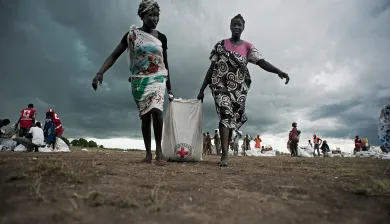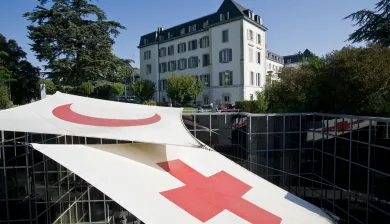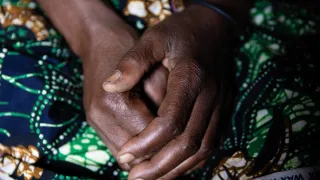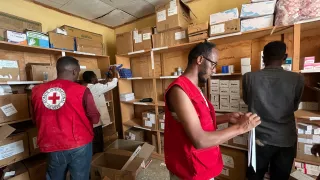A gender perspective on conflict
A person’s gender affects and shapes their experience of armed conflict in complex ways. In particular, women and girls contend with structural gender inequality, including in conflict contexts. Women and girls generally have fewer financial resources, less access to essential services and less representation in decision-making bodies. Military operations do not therefore take place on a level playing field for women and girls. With this in mind, practitioners of international humanitarian law seeking to understand and reduce civilian harm should take gender into account









